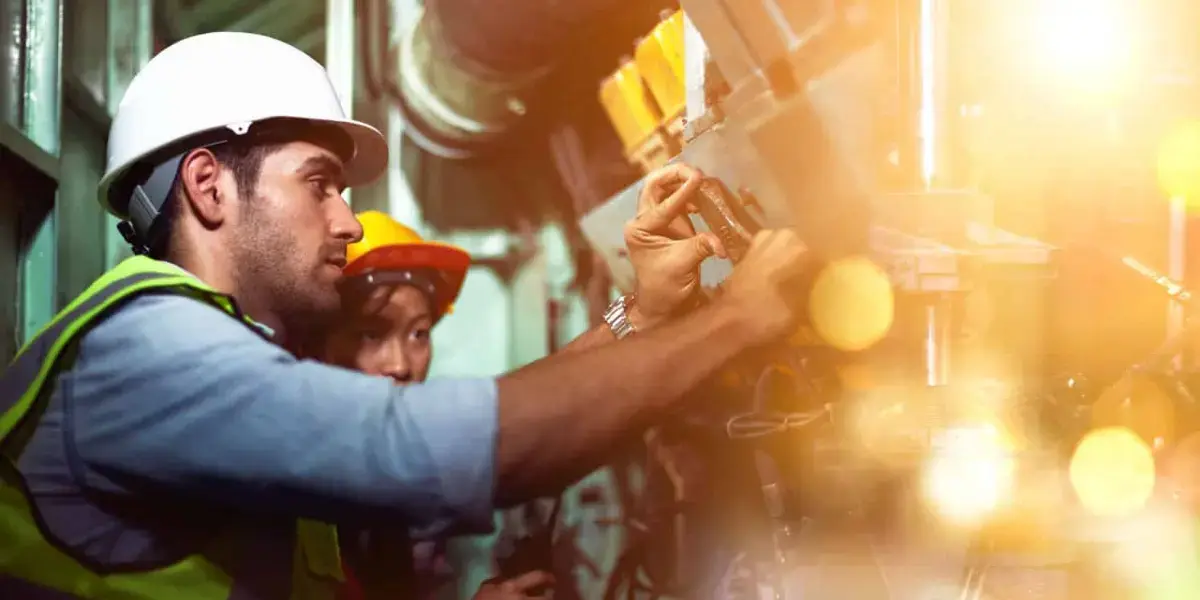Migrations to new technologies are inevitable. A smooth migration from old technologies to new technologies is the standard for suppliers and integrators, but if a migration doesn’t improve business performance, it has failed. Modernization should take into account all areas of the operation’s technologies, processes and skills so that new technologies meet specific business needs and goals. When executed properly, a hardware/software upgrade program will clearly improve long-term operational performance and demonstrate a clear return on investment (ROI) to all C-level executives.
Obsolescence and decreasing reliability is a threat to business operations, but despite the potential benefits of technology migration, the benefits alone rarely drive investment. Manufacturers won’t migrate to new technologies until the business benefits outweigh the cost of a migration. As hardware failure and unscheduled downtime increases, these costs can accrue quickly directly impacting the bottom line. Technologies change, demand eventually diminishes and a supply chain will break down so that getting the right parts becomes difficult or impossible. The obsolescence of PLC5 and Windows XP are good examples of automation technology risks that should be eliminated. But, there are scenarios where cost isn’t the sole driver of a migration. Regulatory restrictions can put machines at risk because they don’t meet the standards and code specifications for safety due to obsolete hardware and old technology.
Today’s market demands that you produce faster at the lowest cost and produce the best quality product. Investments are conduits to increased production and decreased costs. The success of your decision will be measured by the ROI generated, so big investments aren’t necessarily better. Sometimes small investments will have a larger return. To help determine which investment would be appropriate for your line, manufacturing engineers can provide you with options that clearly explain the pros and cons of each.
Existing Line Optimization to Reduce Manufacturing Costs
We use the 4 M’s of Production as a benchmark to help our clients achieve reduced manufacturing costs:
- Materials - reduce material cost; change sources; localizing materials
- Manpower - reduce labor count, handling and unnecessary motion
- Machine - improve machine performance and standardization; remove obsolescence
- Method - improve monitoring and feedback to continuously improve the process
This means that for materials, people should consider where their materials are coming from and whether they can be produced elsewhere at a lower cost without sacrificing quality. For manpower, labor utilization can be improved using time studies to determine unnecessary operator motions and also consider using automation to replace operator functions. Machines might need to be added, upgraded or modified to improve standardization and efficiency. Finally, a look at methods might uncover cycle times that can be increased, better flow of the handling and staging of materials for manufacturing, and reduction in production changeover durations.
Each inefficiency has an associated cost and each solution has an associated savings. By laying out the options in a way that clearly correlates inefficiencies with solutions, plant managers can make the best decision for their business, such as what we did in our case study to speed up a packer.
Product Launches and New Lines to Meet Sales Goals
To meet your expected sales forecast, the specific cycle times and performance values of the machines you choose are crucial. Manufacturing engineers with experience in designing new line layouts can help you determine the best configuration to meet your designed cycle time, equipment performance, and labor requirements. The details matter; the speed and flexibility of the machine, the packaging system optimization and handling of changeovers. With a new line, the risks associated with one wrong decision can delay your time to manufacture and extend your return on investment.
Line Expansions
Line expansions play a part in the product launch, but larger in scale. The key to meeting the goals of a the line expansion involves detailed project and risk management. It’s imperative that the all stake holders are coordinated to understand the project schedule, milestones and deliverables. Once the line goes into production, maintenance and operations play a large role in ensuring that the line continues to operate and function as designed. In doing so, timely and thorough training should also be part of the project plan.
How the Industry is Adapting
Manufacturers want to extend the performance and reliability of existing systems while applying the right technologies for improvement as needed. As such, most migrations are characterized by their business justification: growth or reliability. System Integrators have become much more than their title. They don’t provide products, they provide the expertise, historical knowledge and strategies to support your business goals and outcomes.
Growth Project Outcomes
- Improve production management through deeper integrations between automation systems and enterprise software,
- Improve processes with historical monitoring and trending so that process engineers can disseminate historical information,
- Improve production and flexibility for new business opportunities,
- Repurpose intellectual property from older systems.
Reliability Project Outcomes
- Reduce unplanned downtime,
- Minimize the cost of a future migration,
- Reduce maintenance costs,
- Minimize negative impacts on operations,
- Improve overall equipment efficiency for increased production
- Provide new work processes that improve maintenance efficiencies and plant safety.
If your automation still uses obsolete controllers and drives, the time to migrate is now. Be aware of the risks and have a solid well-thought-out plan that ensures a smooth transition. Technology improvements coupled with a good systems integration partner will help you achieve the outcome you seek.


